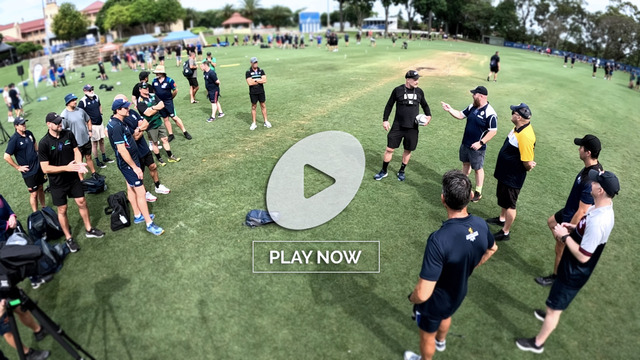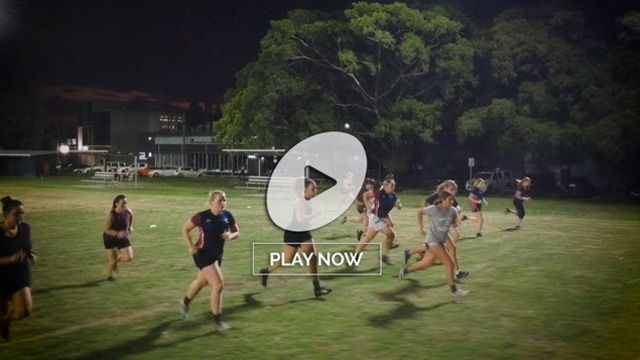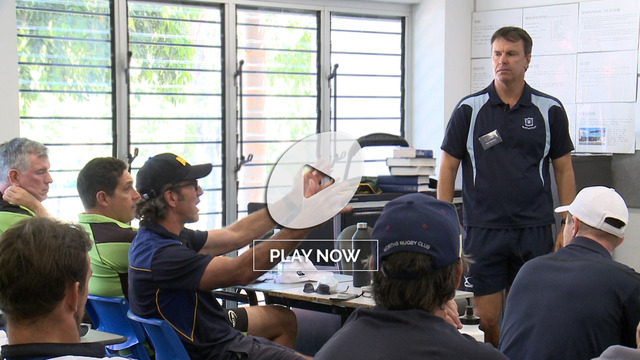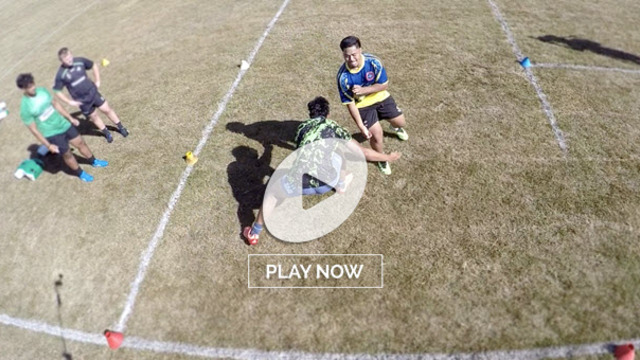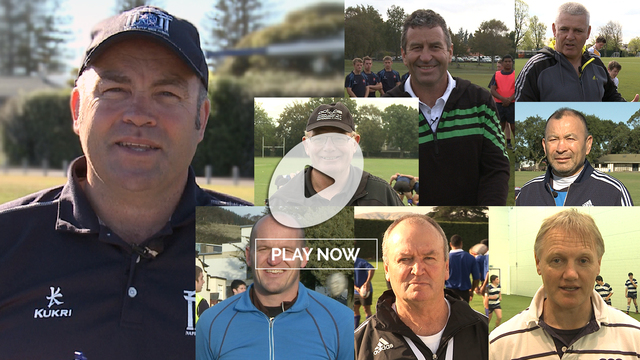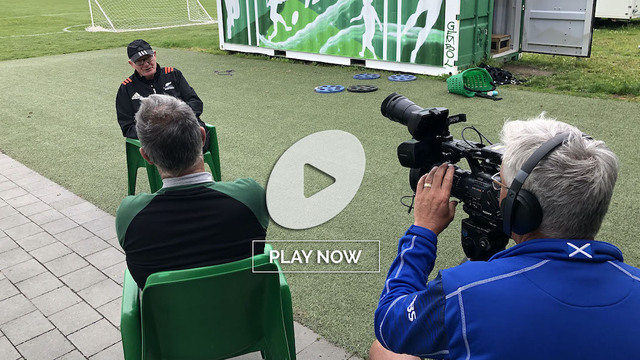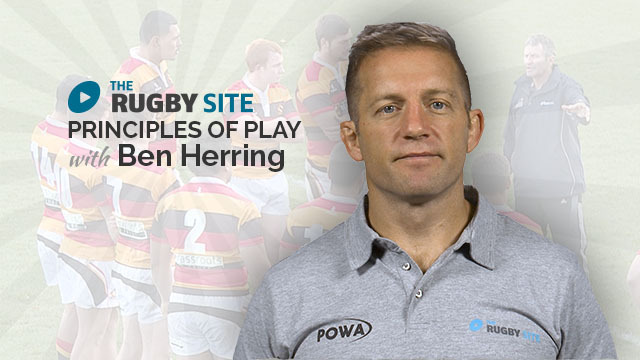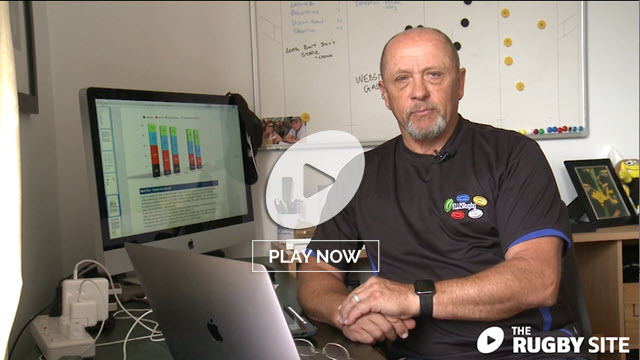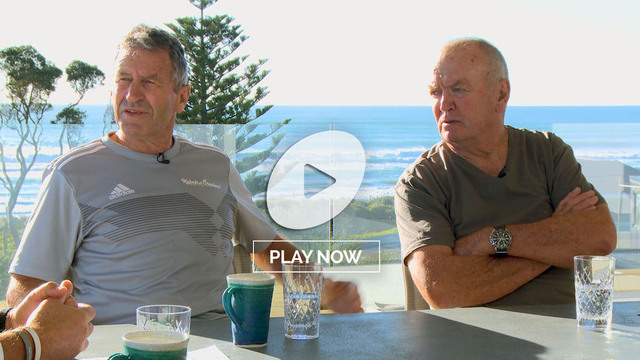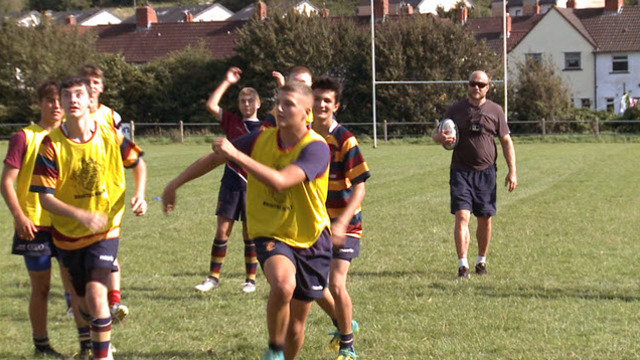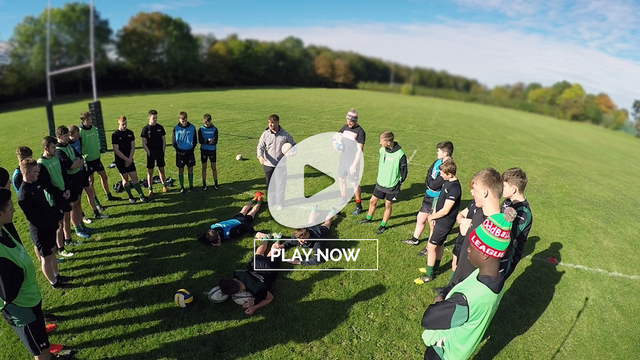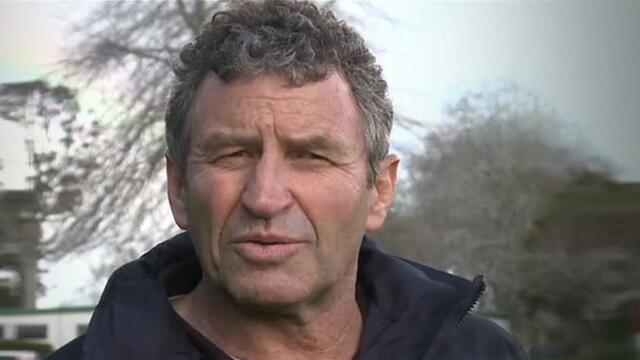People have been kind enough to say that the All Blacks scored a few tries at this World Cup through analysing and exploiting weaknesses. Maybe that is true but, so long as coaches realise that rugby is a simple game and don’t try to complicate things, we can all share in these successes.
There are several areas in the game of rugby where there are natural weaknesses, such as the transition between forwards and backs. The back of the lineout can be a vulnerable place, where the All Blacks attacked France in their pool game. Outside number 13 or behind the backline can be weak, areas where we took on Australia in the semi-final. Maybe you can attack either side of the scrum, where New Zealand did well against Canada.
There are natural weaknesses in a rugby team. A game plan is about exploiting those weaknesses. Then you might look at your specific opposition for a specific weakness. Is their number 6 slow off the side of the scrum. If we cut the lineout to five, does that accentuate a defensive weakness at the back of their lineout. What’s the position of their back three? How do they defend.
There might be a number 10 who is a poor tackler. Quade Cooper is a prime example. Australia took him out of the frontline, as do the Reds, and defend him because Cooper is not a good tackler. He does not lack heart, but it is not an area of strength. Dropping Cooper back produced a weakness in their back three. The Irish took advantage of that. Maybe New Zealand took advantage of that.
When you look to attack, you look for areas of natural weakness in the opposition. Some of that is done by the players on the pitch, but some of that can be done by good coaching.
If you look, really look, then it is all out there. You don’t need to be the world’s greatest detective to find the holes.






